I love this creature. It’s so beautiful, and is often on the move. It appears to be a representative of the genus Narceus, part of the American giant millipede complex. I see it regularly. I was struck by how it has wrapped itself around the grass. It appeared to be resting.
While I regularly see wild roses as I drive around the countryside, I’ve only spotted it at one place along a fenceline at Cedar Bluffs. The Iowa State Legislature designated the wild rose as the state flower in 1897. While it is unclear what species of wild rose the designation referred to, most believe it to be Rosa arkansana.
Here is a poem written in honor of the declaration at the time.
THE ROSE OF IOWA, by S. H. M. Byers Hast seen the wild rose of the West, The sweetest child of morn ? Its feet the dewy fields have pressed, Its breath is on the corn. The gladsome prairie rolls and sweeps Like billows to the sea, While on its breast the red rose keeps The white rose company. The wild, wild rose whose fragrance dear To every breeze is flung, The same wild rose that blossomed here When Iowa was young. O, sons of heroes ever wear The wild rose on your shield, No other flower is half so fair In loves immortal field. Let others sing of mountain snows, Or palms beside the sea, The state whose emblem is the rose Is fairest far to me.
This appears to be butterfly milkweed.
Native Americans harvested fibers from the dried stems that were made into ropes and used in weaving cloth. Many tribes used various parts of the butterfly weed as food. In colonial America, dried leaves of butterfly weed and skunk cabbage were made into a tea to treat chest inflammations thus giving butterfly weed an alternative name: pleurisy root. Pleurisy root was listed in the American Pharmacopoeia and the National Formulary until 1936.
I filmed these rabbits in our driveway (in the Cedar Creek drainage area). They are Eastern cottontails (Sylvilagus floridanus), and are practicing geophagy—eating earth.
Geophagy is far more common in animals that rely predominantly on plant food and is more common in the tropics. Historically, the explanation for geophagy was that animals ate earth for the purpose of gaining minerals, such as salt (sodium chloride), lime (calcium carbonate), copper, iron, or zinc. Certainly, wild animals do seek minerals from natural deposits, but a need for minerals is by no means a universal explanation for geophagy. There are many cases in which the soils eaten are not rich in minerals; they sometimes even have lower levels of minerals than the surrounding topsoil. Recent geophagy research indicates that the small particle clay profile of soil is often the prime reason for geophagy.
In the body, clays can bind mycotoxins (fungal toxins), endotoxins (internal toxins), manmade toxic chemicals, and bacteria, and they can protect the gut lining from corrosion, acting as an antacid and curbing diarrhea. In short, clay is an extremely useful medicine.
One nutrient these rabbits might be seeking is sodium. Female rabbits that have enough salt tend to have better weight gain that might be related to fertility.
Humans practice geophagy as well.
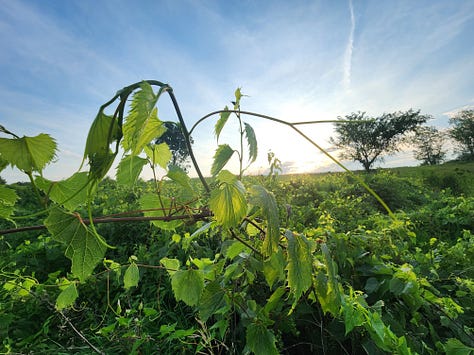

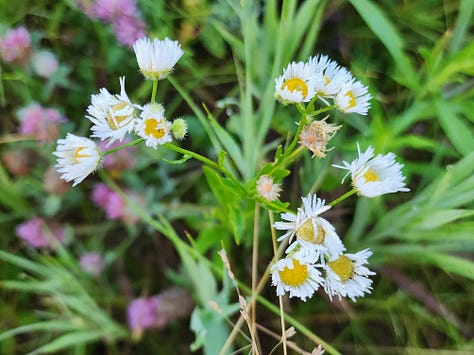
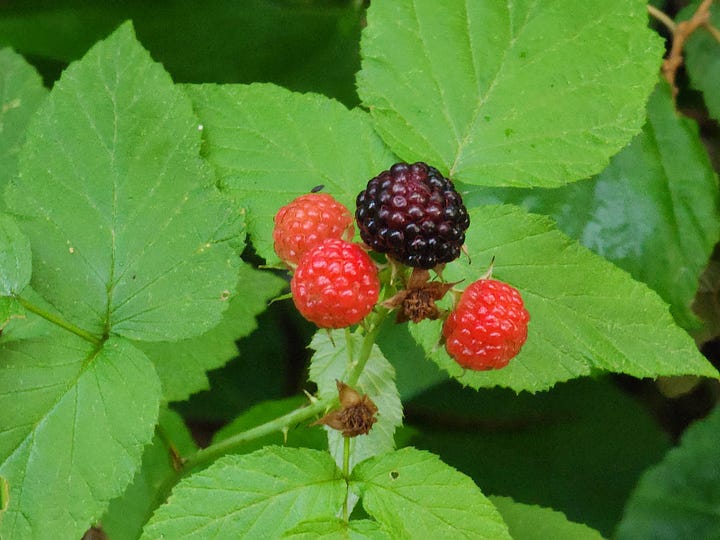
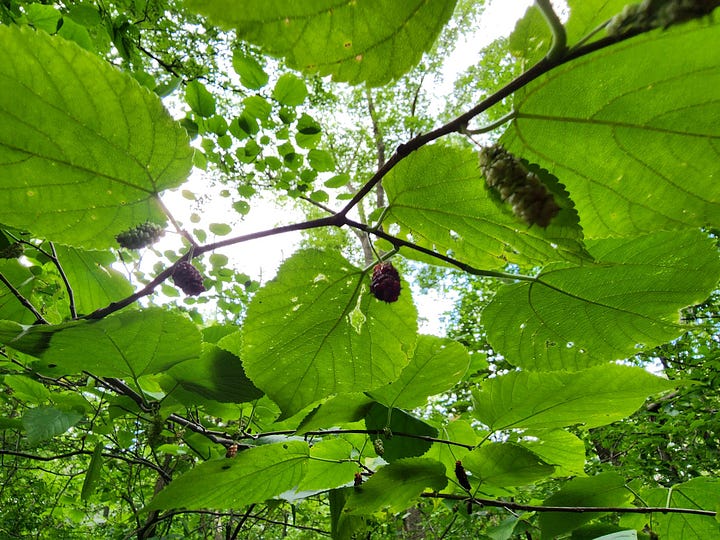
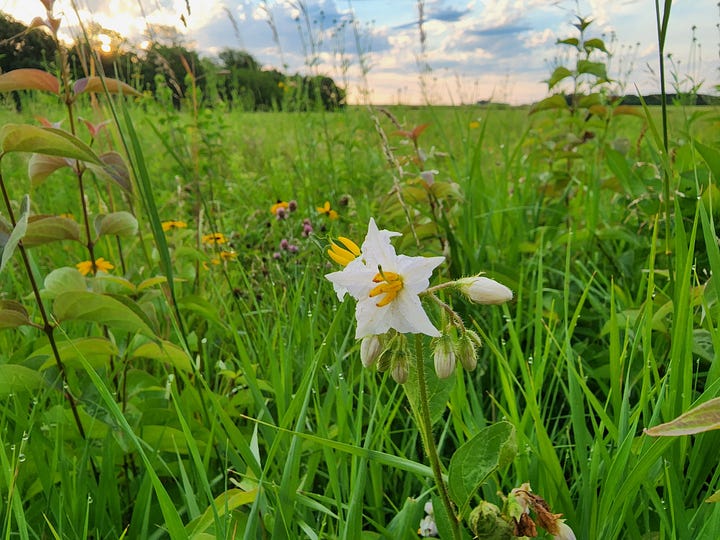
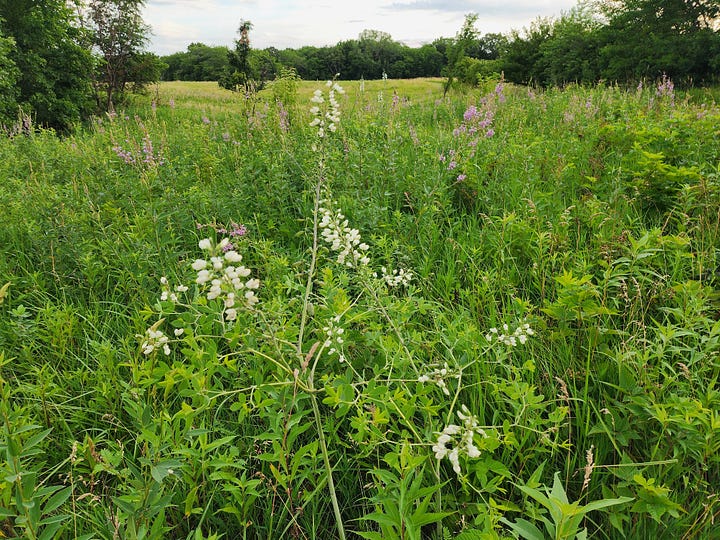
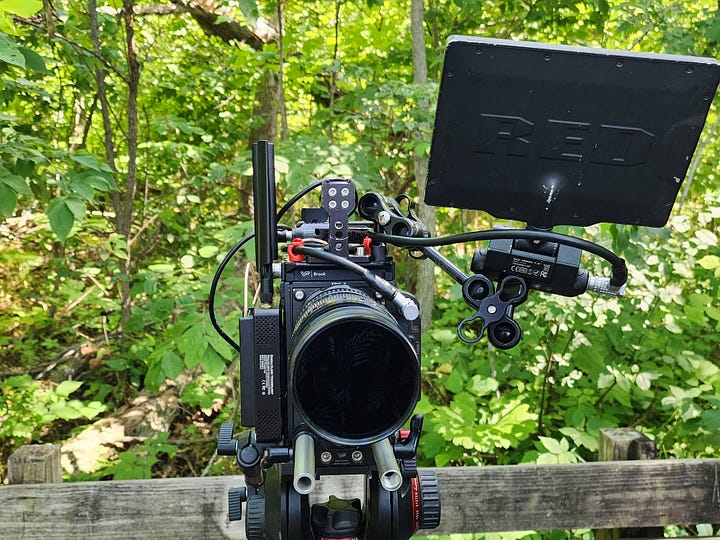

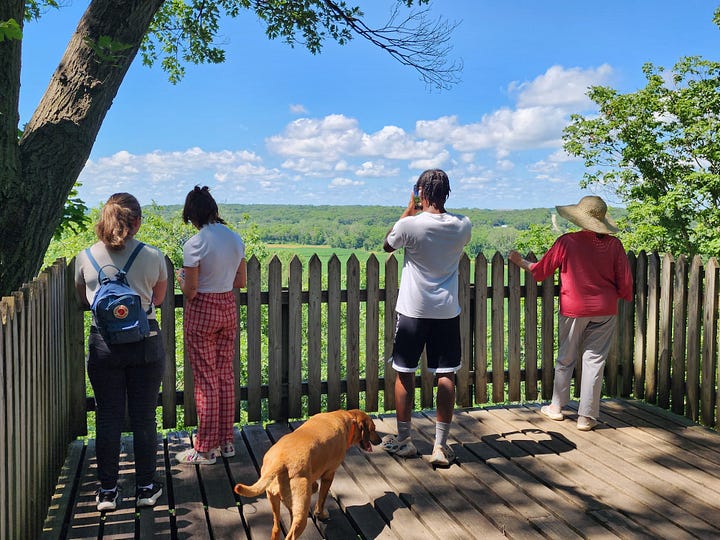
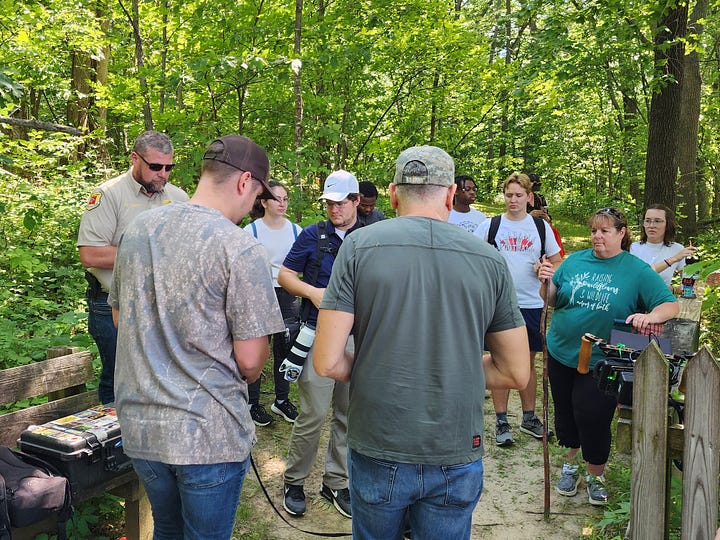
Mahaska County Conservation is doing a promotional video of the beautiful county parks! Director Chris Clingan and Naturalist Laura DeCook, hosted the film crew, William Penn University students and a few of us park regulars had fun filming this past Sunday. When the film is produced I’ll be sure to share it here.
Here are three of my favorite nature Substacks: My friend Larry Stone’s “Listening to the Land,” Diane Porter’s My Gaia, and Al Batt’s Al’s Substack. Please consider subscribing. All three will entertain, educate, and soothe your soul.
I’m a member of the Iowa Writers Collaborative. Please sample the talents of my fellow collaborative members. If you can afford to be a paid subscriber, that would be great. If not, the vast majority of content is free.
This column will always be free, but if you can’t afford a subscription and would like to “buy me” a cup of coffee or lunch, my Venmo account is @Robert-Leonard-238. Thanks!






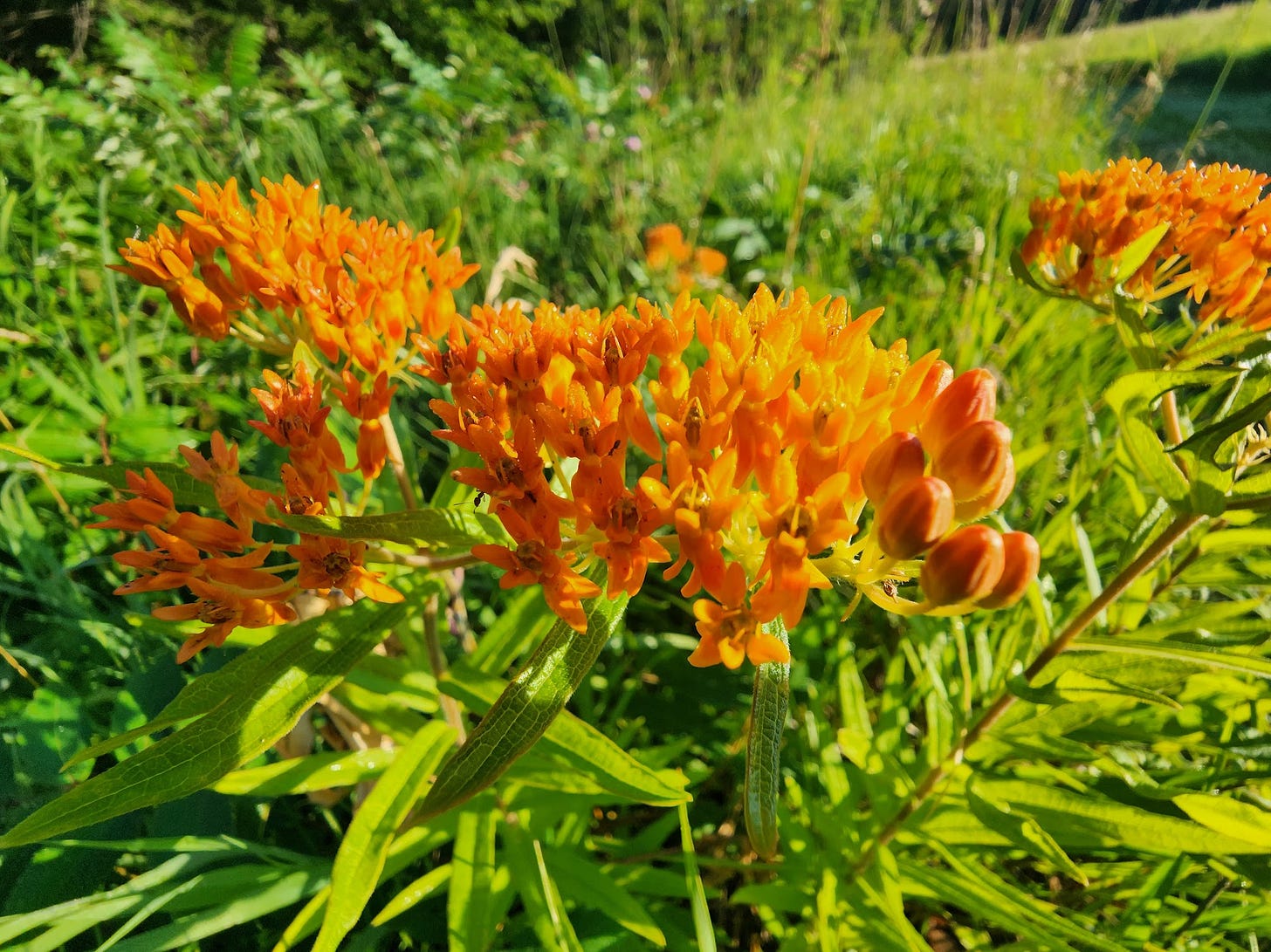

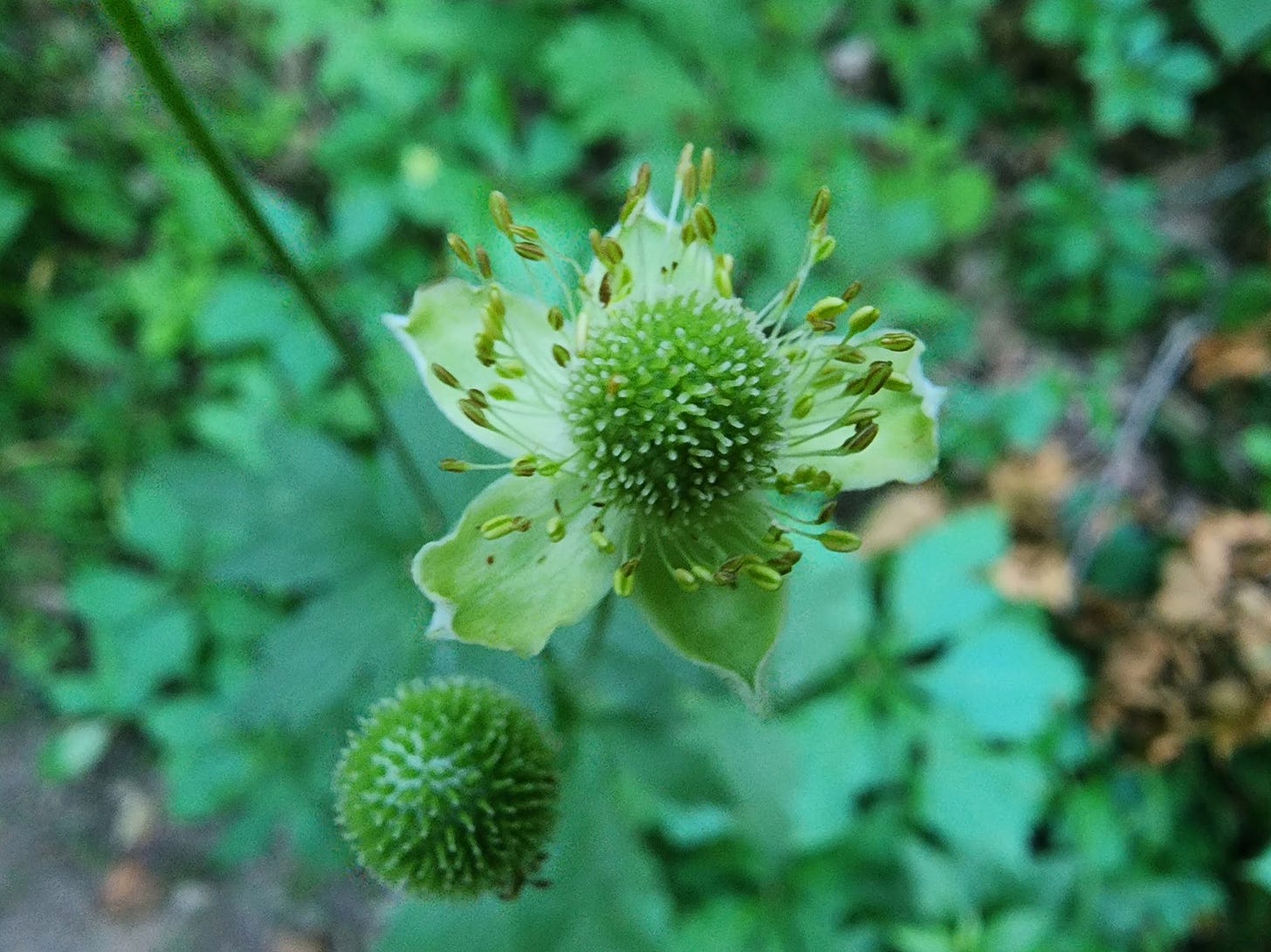

any article that needs the word "geophagy" is worth reading. thanks!